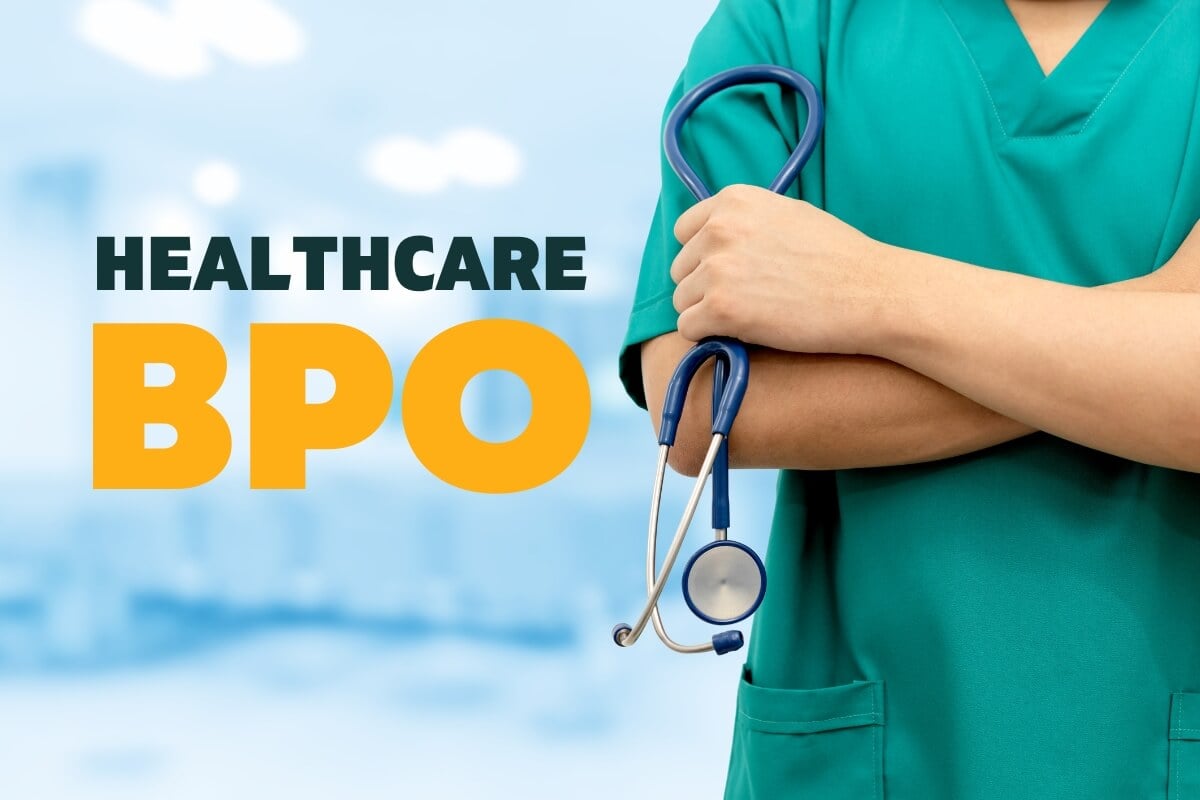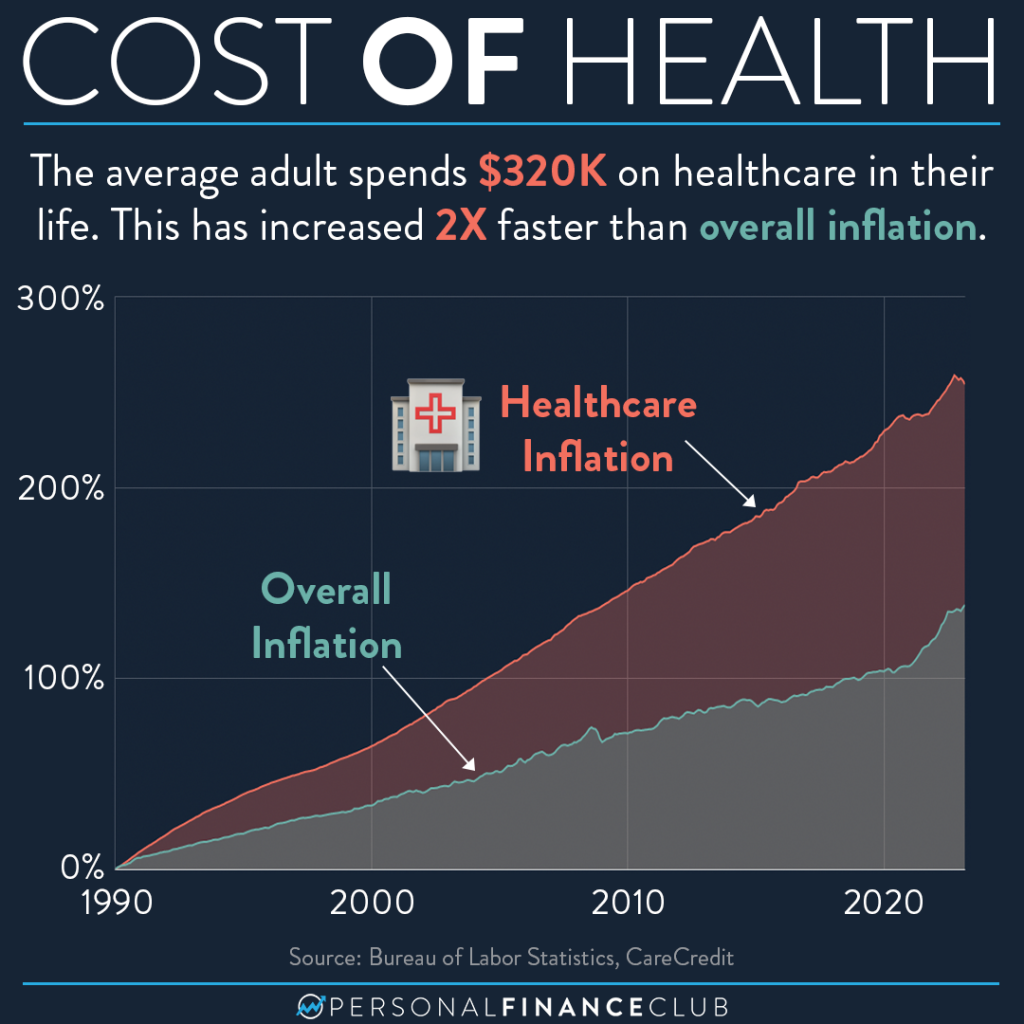A Comprehensive Overview on Exactly How Medical Care RCM Functions to Enhance Billing and Collections
Navigating the complexities of health care revenue cycle management (RCM) is vital for suppliers aiming to boost their billing and collections processes. The guide unloads the details of RCM, from client enrollment to accounts receivable monitoring, providing understandings into optimizing each action.
Recognizing Income Cycle Monitoring
Grasping the complexities of Earnings Cycle Administration (RCM) is essential for health care organizations aiming to optimize their economic efficiency. RCM is a critical management feature that includes the entire economic procedure of person treatment, from the first visit readying to the last payment of the equilibrium. It is an intricate procedure made to determine, gather, and manage the revenue from the solutions offered to people. Reliable RCM makes certain that doctor receive precise and timely settlements, reducing the danger of profits loss and enhancing cash circulation.
The RCM process starts when a patient schedules a visit and prolongs via the patient's care trip, including invoicing and collections. A crucial goal is to reduce the time between obtaining and offering a service payment, hence enhancing the organization's financial health. RCM involves different functions such as individual enrollment, insurance coverage verification, fee capture, coding, claims submission, repayment publishing, and handling appeals and denials.
Trick Elements of RCM
In the realm of Revenue Cycle Administration (RCM), understanding its crucial components is basic to accomplishing monetary performance within healthcare companies. RCM is a thorough process that includes various phases, each essential to making certain effective payment and collections. The key components include individual enrollment, insurance policy verification, charge capture, coding, insurance claim submission, payment posting, and receivable administration.


As soon as coded, claims are sent to payers, where accuracy is critical to stay clear of beings rejected or delays - Healthcare RCM. Settlement uploading involves tape-recording the received repayments, which enables the reconciliation of accounts. Finally, receivables monitoring concentrates on monitoring and dealing with unsettled claims, making sure timely follow-up and resolution
Each part of RCM is interconnected, and inefficiencies in any kind of part can interfere with the whole cycle. Therefore, grasping these aspects is necessary for health care service providers to enhance earnings and enhance their economic health and wellness.
Approaches for Efficient Invoicing

Systematizing payment procedures throughout the company is another vital technique. Developing clear guidelines for paperwork, coding, and submission aids maintain uniformity and compliance with regulative demands. Training personnel routinely on these treatments makes certain everyone is updated with the most current modifications in payment codes and payer policies.
Precise cost capture is vital in stopping earnings leak. Implementing regular audits and tracking systems allows for the identification and modification of inconsistencies before they influence revenue. In addition, maintaining open lines of interaction with payers helps to promptly deal with any disagreements or misunderstandings that may occur.

Finally, engaging people early in the invoicing procedure by providing clear estimates and academic products regarding their economic duties can substantially decrease complication and improve repayment timeliness. These techniques jointly add to a more effective and monetarily healthy invoicing system.
Enhancing Collections Procedures
A durable collections process is essential for preserving economic stability within healthcare organizations. Provided the intricacies of clinical billing and the range of payer requirements, improving the collections process includes carrying out calculated procedures that make certain prompt and precise this post payment of solutions provided. Central to this is using modern technology to automate and streamline procedures, improving and reducing manual errors effectiveness. Automation devices can aid in tracking insurance claim statuses, sending out prompt suggestions to individuals, and taking care of rejections better.
Training team to comprehend the subtleties of insurance coverage and payment codes is just as important. This understanding encourages them to deal with invoicing disparities rapidly and communicate properly with patients regarding their monetary obligations. In addition, clear and clear client interactions are important. Offering thorough explanations of charges and supplying flexible layaway plan can enhance individual complete satisfaction and punctual settlements.
Normal audits of the collections process should be carried out to recognize areas for renovation and make sure conformity with guidelines. By examining information, healthcare companies can identify patterns, prepare for possible issues, and adjust methods as necessary (Healthcare RCM). Inevitably, a well-enhanced collections procedure not just supports financial wellness however likewise adds to a more smooth experience for clients and staff alike
Optimizing Revenue Streams
Building upon the foundation of a solid collections process, health care companies can additionally reinforce their monetary stability by strategically maximizing revenue streams. This entails a multi-faceted approach, beginning with a comprehensive analysis of existing income resources to recognize ineffectiveness and areas for development. Employing innovative data analytics tools allows companies to acquire insights into payer mix, patient demographics, and solution usage patterns, enabling for data-driven choices that enhance revenue capture.
Executing automated invoicing systems can significantly lower errors and accelerate cases processing, making certain that revenue is collected a lot more effectively. Moreover, maximizing payer agreements via routine settlements can enhance compensation rates and terms, straight influencing the lower line. Diversifying service offerings, such as including telehealth or health care, can additionally bring in a more comprehensive person base, thus boosting profits potential.
One more critical component is improving patient involvement and satisfaction, as pleased individuals are most likely to stick to therapy strategies and make prompt repayments. Offering flexible repayment options and Your Domain Name clear invoicing techniques can enhance collections and foster client commitment. Healthcare RCM. By embracing these methods, medical care companies can develop a much more resistant financial structure, making sure continual growth and stability in an ever-changing sector landscape
Verdict
To conclude, health care Revenue Cycle Administration (RCM) plays an essential role in enhancing invoicing and collections procedures by incorporating crucial parts such as patient enrollment, insurance coverage verification, charge capture, coding, claims entry, and accounts receivable monitoring. By using sophisticated technology, systematizing treatments, and fostering person engagement, doctor can considerably reduce insurance claim rejections, accelerate payment cycles, and boost capital. This thorough approach to RCM ultimately results in enhanced financial efficiency and sustainability for healthcare companies.
The RCM procedure starts when a person timetables an appointment and expands via the individual's treatment journey, including billing and collections.An additional critical component is enhancing view it now patient engagement and complete satisfaction, as pleased individuals are much more likely to stick to treatment strategies and make prompt payments. Using versatile repayment alternatives and transparent invoicing practices can enhance collections and foster person commitment.In conclusion, healthcare Profits Cycle Monitoring (RCM) plays an important duty in maximizing payment and collections processes by incorporating key elements such as patient registration, insurance coverage confirmation, cost capture, coding, declares submission, and accounts receivable administration. By using sophisticated modern technology, standardizing procedures, and promoting individual interaction, medical care companies can substantially reduce insurance claim rejections, speed up payment cycles, and enhance cash circulation.